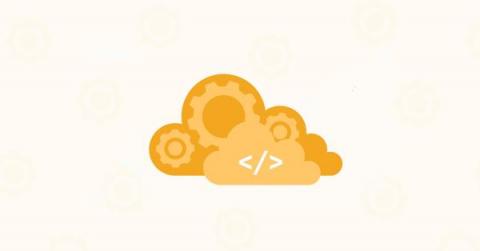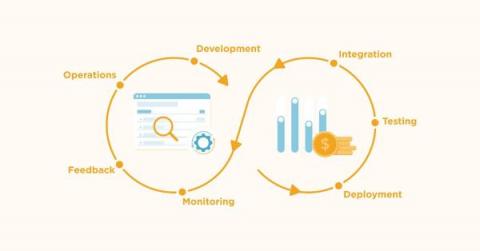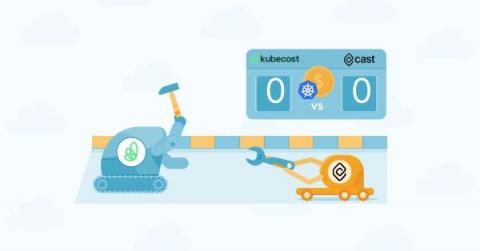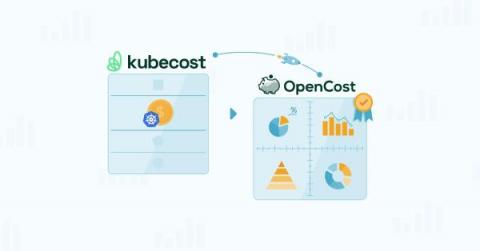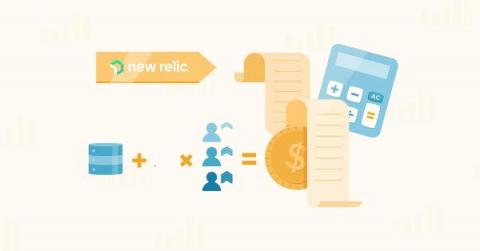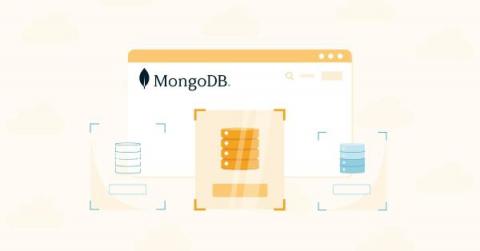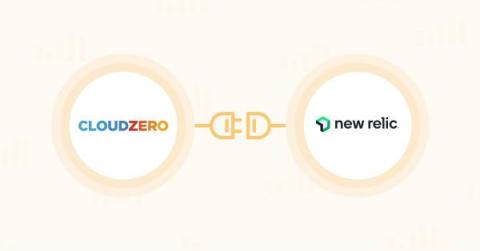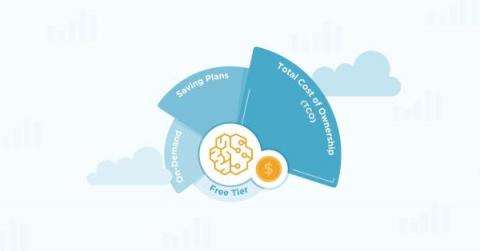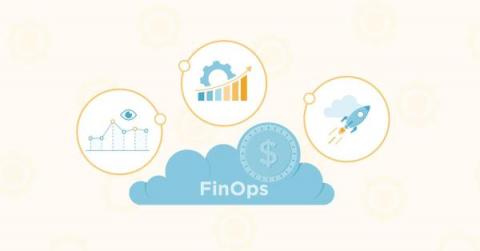4 Ways To Help Engineers Understand How Their Choices Affect Cloud Costs
When it comes to cloud costs, engineers have a particular reputation. The executive suite and finance department often share perplexing frustration about why engineers appear not to care about budgets and costs at all. They provide hard budget limits, yet engineers frequently surpass them, citing performance and user experience as reasons for the excess spending.


